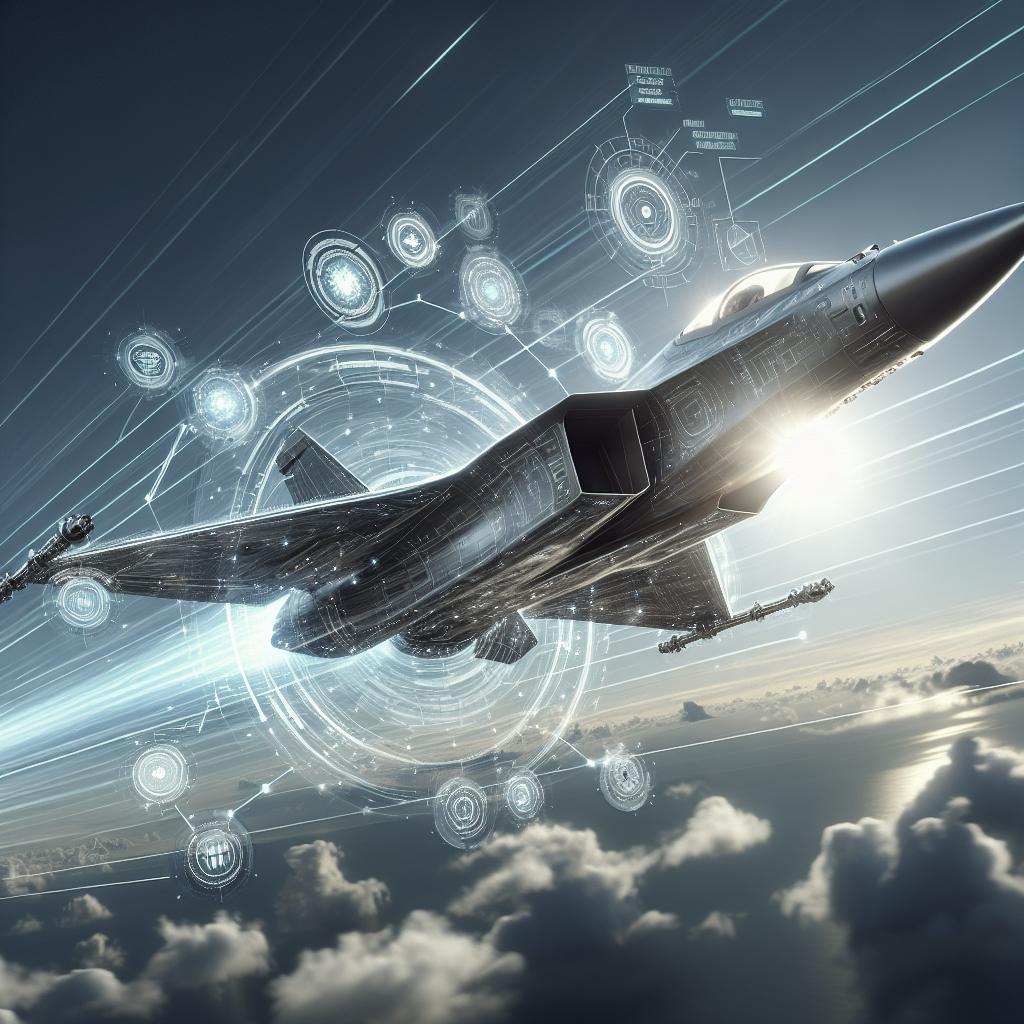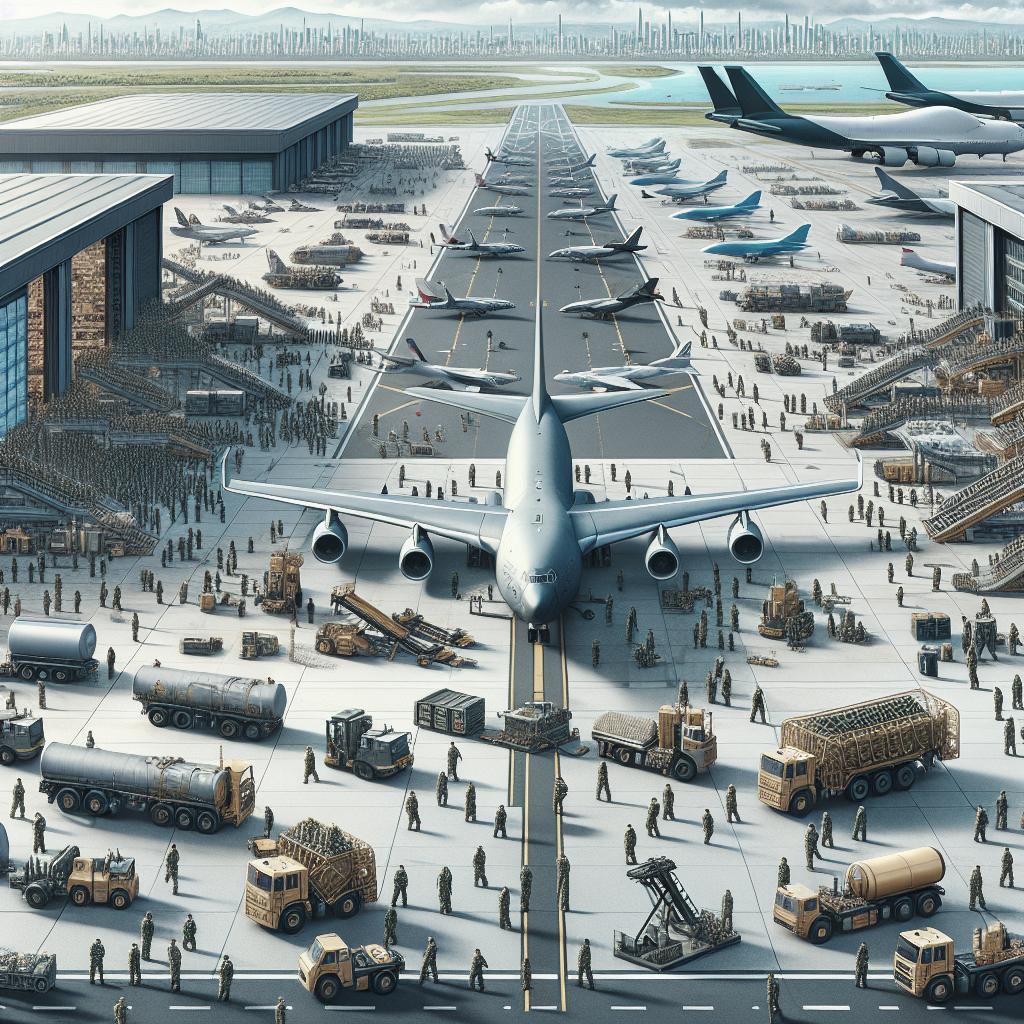Understanding the aircraft used in Middle East conflicts, particularly during the Gulf Wars, requires examining their strategic deployment and effectiveness. This blog post delves into various operations, starting with Iraq’s invasion of Kuwait and leading to the international coalition’s response, from Operation Desert Shield to Operation Desert Storm and beyond. It explores the pivotal incidents that shaped the Persian Gulf War, the coalition air offensive, and the critical role of aircraft in these conflicts. Additionally, we address subsequent operations like Desert Sabre, the resulting casualties, the environmental impact of the Kuwaiti oil fires, and the lingering effects known as Gulf War Syndrome. Finally, an exploration of Iraq’s alleged weapons of mass destruction highlights the long-term aftermath of these wars. Read on for a comprehensive overview of these pivotal moments in modern warfare history. “`html
The Iraqi invasion of Kuwait
Iraq’s invasion of Kuwait in August 1990 was a swift and aggressive move, driven by Saddam Hussein’s desire to control Kuwait’s vast oil reserves and erase debts incurred during the Iran-Iraq War. Iraqi forces deployed numerous aircraft, including Soviet-made MiG-29s and Su-22s, as well as French Mirage F1s, to establish air superiority and provide ground support during the invasion. These aircraft played a vital role in the initial surprise attack, enabling Iraqi troops to quickly overrun Kuwaiti defenses. The tactical deployment of aircraft was instrumental in the rapid occupation of Kuwait. Helicopters like the Mil Mi-8 and Mi-24, equipped for both transport and armed assault roles, facilitated the swift movement of troops and equipment. Moreover, Iraqi air attack strategies aimed to disable the Kuwaiti Air Force’s operational capacity, capturing airfields to prevent any effective counterattack.
The international response to the invasion of Kuwait
The international community, led by the United Nations, quickly condemned Iraq’s aggression and demanded an immediate withdrawal. The collective response included economic sanctions and diplomatic negotiations, but when these efforts proved insufficient, military intervention became inevitable. The United States spearheaded the coalition effort, amassing a formidable array of aircraft and military assets in the region. The coalition’s air forces included iconic fighters such as the F-15 Eagle, F-16 Fighting Falcon, British Tornado GR1s, and French Jaguars. These aircraft were crucial in establishing air superiority, ensuring the safe deployment of ground forces, and preparing for eventual military action. The buildup phase saw continuous reconnaissance missions, with aircraft like the E-3 Sentry AWACS providing crucial intelligence and real-time battlefield awareness.
Operation Desert Shield
Operation Desert Shield was the defensive phase designed to protect Saudi Arabia and deter further Iraqi aggression. This operation saw the transportation and deployment of hundreds of aircraft and thousands of troops to the region. Key air assets included the C-5 Galaxy and C-141 Starlifter, which were essential for airlifting equipment and personnel quickly and efficiently. Fighter jets like the F-15 Eagle patrolled the skies, ready to engage any Iraqi aircraft that threatened coalition forces. The A-10 Thunderbolt II, affectionately known as the “Warthog,” was also deployed to provide close air support should ground combat occur. This robust air defense setup served as a critical deterrent, making it clear that any further Iraqi advances would be met with overwhelming force.
Operation Desert Storm
Once diplomatic efforts failed, Operation Desert Storm commenced in January 1991, marking the beginning of a massive air campaign. The primary objective was to incapacitate Iraq’s air defenses, command and control centers, and infrastructure. Over 1000 aircraft sorties were flown daily at the height of the operation, with coalition forces leveraging the F-117 Nighthawk for precision strikes and the B-52 Stratofortress for high-altitude bombing raids. The effectiveness of the air campaign was evident in its ability to cripple Iraqi air defenses and facilitate rapid territorial gains by ground forces. The use of Tomahawk cruise missiles launched from naval vessels provided additional strategic strikes, targeting key facilities with pinpoint accuracy. UAVs like the RQ-2 Pioneer were deployed for real-time reconnaissance, enhancing operational effectiveness.
What incident triggered the Persian Gulf War?
The invasion of Kuwait by Iraq on August 2, 1990, was the crucial event that triggered the Persian Gulf War. Saddam Hussein’s bold move to annex Kuwait underlined his intent to control a larger share of the world’s oil supply. This invasion not only violated international laws but also posed a direct threat to the stability of the surrounding Gulf region. The subsequent refusal of Iraqi forces to withdraw, despite United Nations Security Council Resolutions demanding an immediate retreat, further fueled the situation. The presence of significant oil reserves and strategic interests in the region made international intervention an inevitability.
What was the result of Operation Desert Storm?
Operation Desert Storm resulted in a decisive victory for the coalition forces, achieving the primary objective of liberating Kuwait from Iraqi occupation. The sophisticated employment of airpower devastated Iraq’s military infrastructure and command capabilities, essentially paralyzing their ability to coordinate effective defenses or counterattacks. Following a swift 100-hour ground offensive, Iraq agreed to a ceasefire on February 28, 1991. The successful liberation of Kuwait showcased the effectiveness of modern air warfare and set a precedent for future military operations relying heavily on air dominance.
The coalition air offensive and Iraqi Scud attacks
During the coalition’s air offensive, precision and saturation bombing campaigns targeted critical infrastructure, including communications hubs, power plants, and munitions depots. Aircraft like the F-117 Nighthawk and F-111 Aardvark conducted night raids to minimize radar detection, while F-14 Tomcats provided air cover and engaged Iraqi fighters. In a desperate attempt to retaliate, Iraq launched Scud missile attacks on coalition bases in Saudi Arabia and Israel. The coalition’s response involved the deployment of Patriot missile systems, which successfully intercepted many of the Scuds. Despite the psychological impact of these attacks, they caused limited physical damage and had minimal effect on the overall outcome of the war.
Operation Desert Sabre
Operation Desert Sabre was the ground assault phase of the Gulf War, initiated after the success of the air campaign. Coalition forces, supported by intense aerial bombardment, launched a massive ground offensive across the Saudi-Kuwait border, advancing rapidly and overwhelming Iraqi defenses. The synergy between air and ground operations became evident as coalition aircraft provided close air support, destroyed retreating Iraqi units, and prevented regrouping efforts. Key aircraft included the A-10 Thunderbolt II for close air support and the AH-64 Apache helicopter for anti-tank missions.
What was Operation Desert Sabre?
Operation Desert Sabre was the codename for the coalition’s large-scale ground offensive during the Persian Gulf War. Commencing on February 24, 1991, the operation aimed to liberate Kuwait and neutralize remaining Iraqi forces. The aerial bombardment leading up to this assault had already significantly weakened Iraqi military positions. The ground campaign saw rapid territorial gains, with coalition forces covering vast distances in a short time due to minimal resistance. The coordinated effort between air and land units ensured a swift and decisive victory, leading to the liberation of Kuwait and the end of active combat operations.
Casualties, Kuwaiti oil fires, and Gulf War syndrome
The Gulf War, despite being a relatively short conflict, resulted in significant casualties. Coalition forces experienced relatively low fatalities compared to Iraqi losses, which were substantially higher due to the intense bombing campaigns. Civilian casualties occurred, particularly in Kuwait, where the invasion led to widespread suffering and displacement. Iraqi forces, retreating from Kuwait, set fire to over 600 oil wells, causing one of the most devastating environmental disasters of the century. The consequent oil fires produced massive plumes of smoke, impacting regional air quality and health. The aftermath of the war also saw the emergence of Gulf War Syndrome, a condition affecting veterans with symptoms like chronic fatigue, muscle pain, and cognitive issues, attributed to various factors such as chemical exposure and stress.
Aftermath and Iraq’s alleged weapons of mass destruction
In the aftermath of the Gulf War, Iraq faced extensive economic sanctions and stringent UN monitoring to prevent the development of weapons of mass destruction (WMDs). Despite these measures, allegations persisted about Iraq’s secretive attempts to rebuild its WMD capabilities, leading to continued tensions and military actions, most notably the 2003 Iraq War. The geopolitical landscape of the Middle East was profoundly altered, with lasting impacts on regional security dynamics. The Gulf War set a precedent for the use of coalition forces and intervention, influencing subsequent international military strategies and engagements in the region.
Subscribe to Defense.gov Products
For readers interested in staying informed about defense-related news, subscribing to Defense.gov products offers access to a wealth of information, including updates on current military operations, official reports, and strategic analysis from defense experts. Staying subscribed ensures you receive timely, accurate insights into ongoing developments in global and regional security.
| Subheading | Key Points |
|---|---|
| The Iraqi invasion of Kuwait | Rapid invasion by Iraq using aircraft like MiG-29s; occupation of Kuwait. |
| The international response to the invasion of Kuwait | UN condemnation, economic sanctions, military buildup by coalition forces. |
| Operation Desert Shield | Defensive phase, deployment of air assets like F-15 Eagle, strategic air defense. |
| Operation Desert Storm | Massive air campaign, use of F-117, B-52; objectives to cripple Iraqi defenses. |
| What incident triggered the Persian Gulf War? | Iraq’s invasion of Kuwait and refusal to withdraw. |
| What was the result of Operation Desert Storm? | Liberation of Kuwait, decisive coalition victory, significant impact on Iraqi military capability. |
| The coalition air offensive and Iraqi Scud attacks | Precision air strikes, Scud missile retaliations, use of Patriot missile defense. |
| Operation Desert Sabre | Ground offensive, rapid territorial gains, coordination of air and ground forces. |
| What was Operation Desert Sabre? | Ground phase of the Gulf War, swift coalition advance into Kuwait. |
| Casualties, Kuwaiti oil fires, and Gulf War syndrome | Significant Iraqi losses, environmental disaster from oil fires, health issues known as Gulf War Syndrome. |
| Aftermath and Iraq’s alleged weapons of mass destruction | Economic sanctions, continued UN monitoring, allegations of WMDs persisted. |
| Subscribe to Defense.gov Products | Stay informed on defense news and analysis by subscribing to official updates. |
“`


